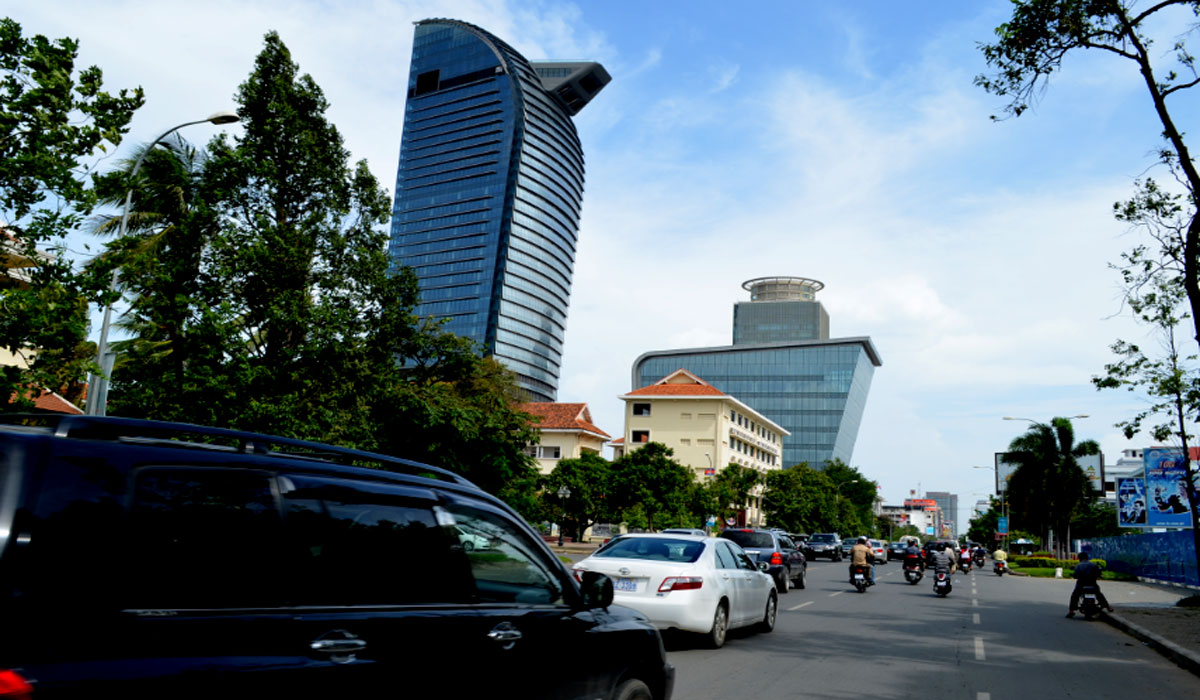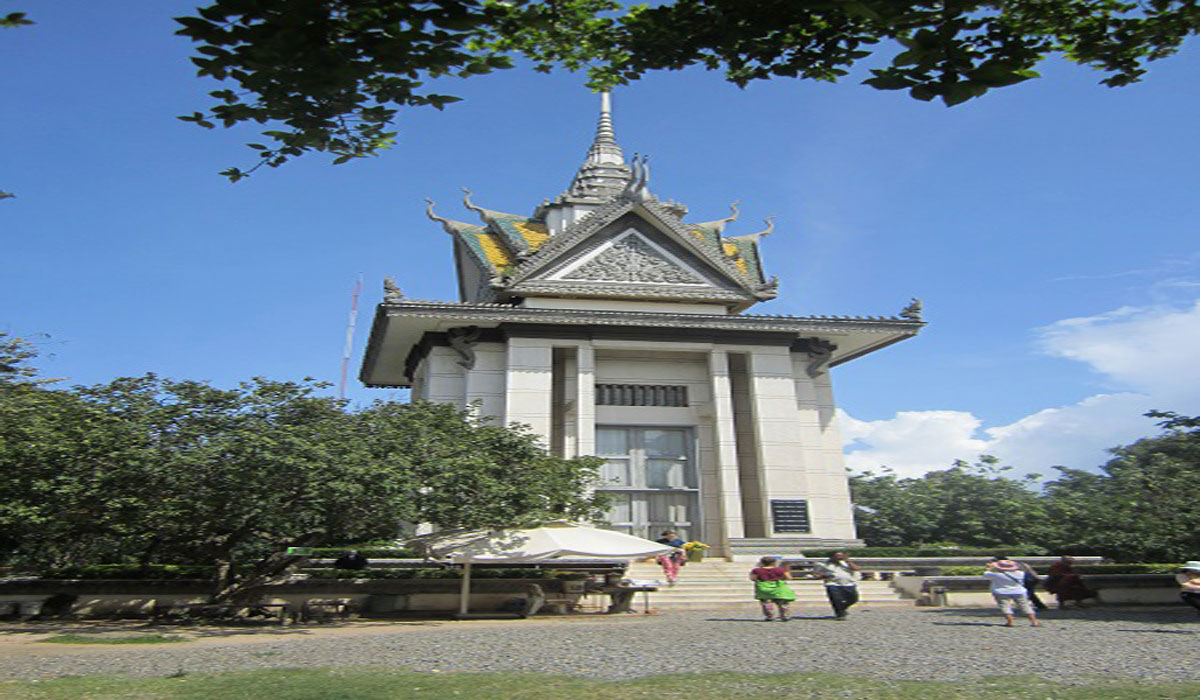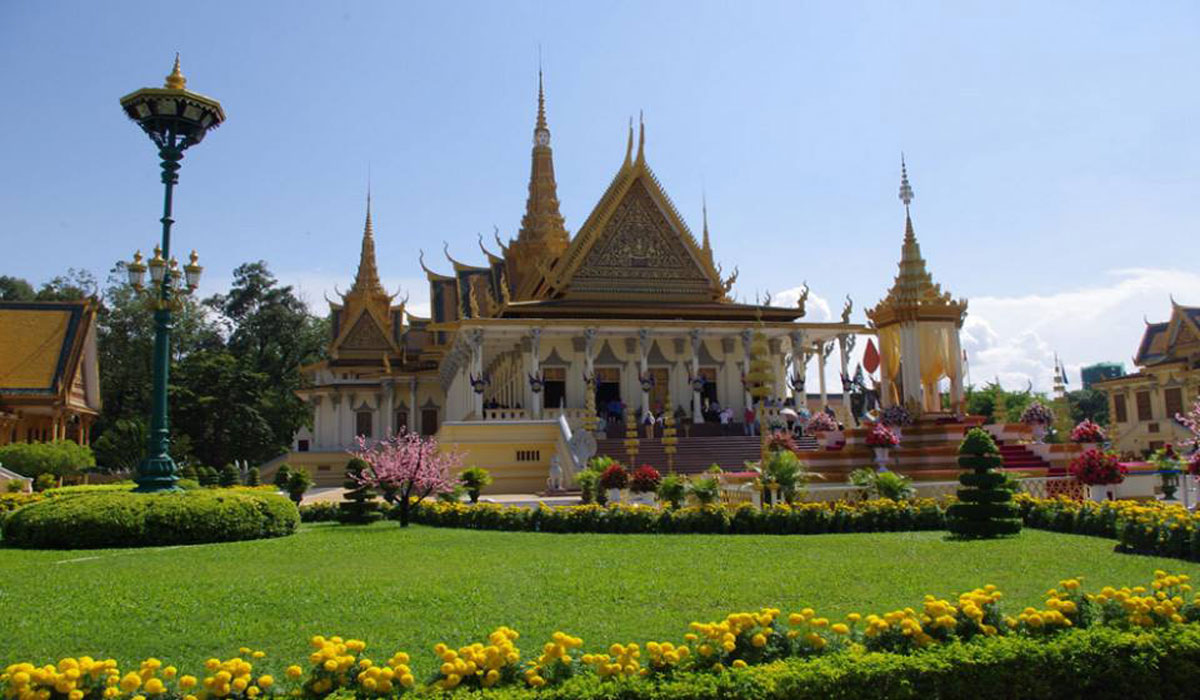Phnom Penh Highlight by Tuk Tuk
Enjoy a city tour of the highlights of Phnom Penh, a capital city of Cambodia, by tuk-tuks, visiting Wat Phnom Temple, Toul Sleng Genocide Museum, the Russian Market and Choeung Ek Killing Fields outside of Phnom Penh.
The Capital City of Cambodia
Phnom Penh (/pəˈnɔːm ˈpɛn/ or /ˈnɒm ˈpɛn/ Khmer: ភ្នំពេញ phnum pɨñ, Khmer pronunciation: [pʰnum ˈpɨɲ]), formerly known as Krong Chaktomuk or Krong Chaktomuk Serimongkul (Khmer: ក្រុងចតុមុខសិរិមង្គល), is the capital and most populous city in Cambodia. Phnom Penh has been the national capital since French colonization of Cambodia, and has grown to become the nation’s economic, industrial, and cultural center.
Situated on the banks of the Tonlé Sap, Mekong and Bassac rivers, the Phnom Penh metropolitan area is home to about 1.5 million of Cambodia’s population of over 14.8 million
Some history of interesting sites in Phnom Penh:
- Wat Phnom (Khmer: វត្តភ្នំ; “Mountain Pagoda”) is a Buddhist temple (wat) located in Phnom Penh, Cambodia. It was built in 1372, and stands 27 metres (88.5 ft) above the ground. It is the tallest religious structure in the city. The pagoda was given the name of Wat Preah Chedey Borapaut. Wat Phnom is the central point of Phnom Penh.
- The Tuol Sleng Genocide Museum (Khmer: សារមន្ទីរឧក្រិដ្ឋកម្មប្រល័យពូជសាសន៍ទួលស្លែង) is a museum in Phnom Penh, the capital of Cambodia, chronicling the Cambodian genocide. The site is a former high school which was used as Security Prison 21 (S-21) by the Khmer Rouge regime from its rise to power in 1975 to its fall in 1979. Tuol Sleng (Khmer: ទួលស្លែង Khmer pronunciation: [tuəl slaeŋ]) means “Hill of the Poisonous Trees” or “Strychnine Hill”. Tuol Sleng was just one of at least 150 execution centers established by the Khmer Rouge. On the 26 July 2010, the Extraordinary Chambers in the Courts of Cambodia convicted the chief of Tuol Sleng Prison, Kaing kek Iew, (alias Duch) for crimes against humanity and grave breaches of the 1949 Geneva Conventions and sentenced him to life imprisonment
- Choeung Ek (Khmer: ជើងឯក [cəəŋ aek]), the site of a former orchard and mass grave of victims of the Khmer Rouge – killed between 1975 and 1979 – about 17 kilometres (11 mi) south of Phnom Penh, Cambodia, is the best-known of the sites known as The Killing Fields, where the Khmer Rouge regime executed over one million people between 1975 and 1979.






